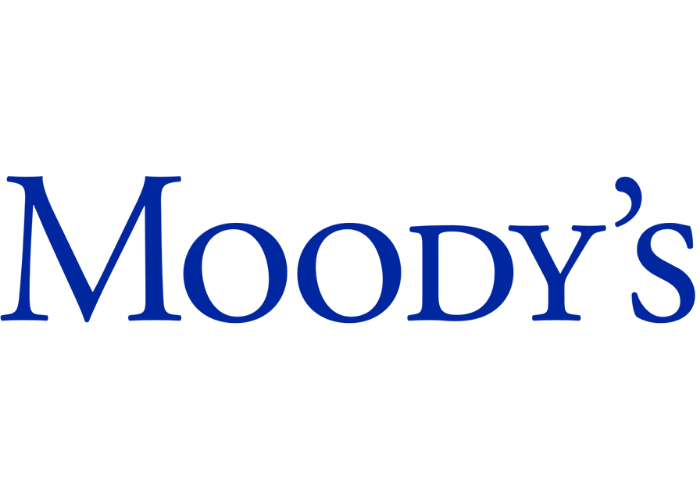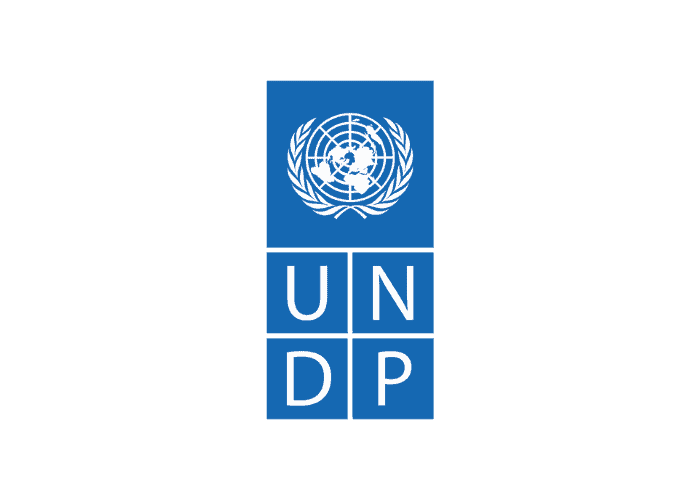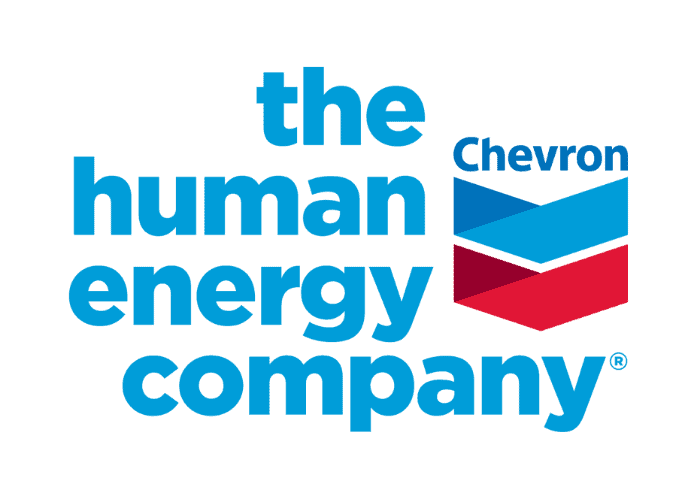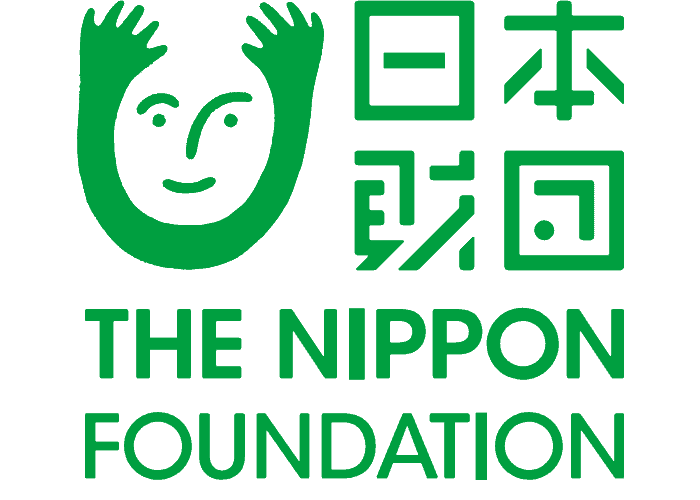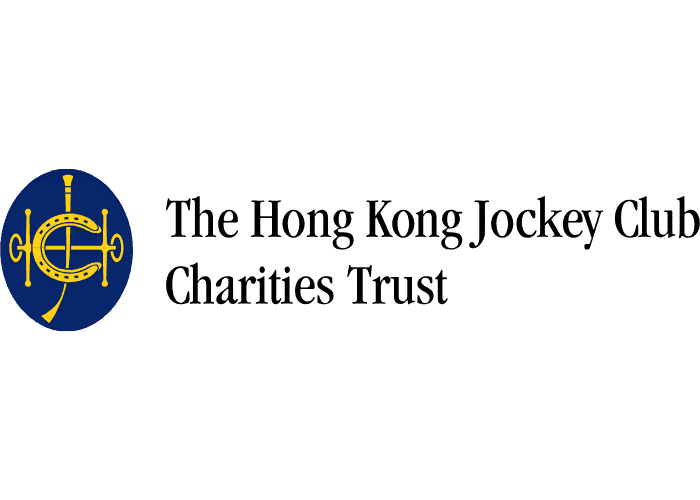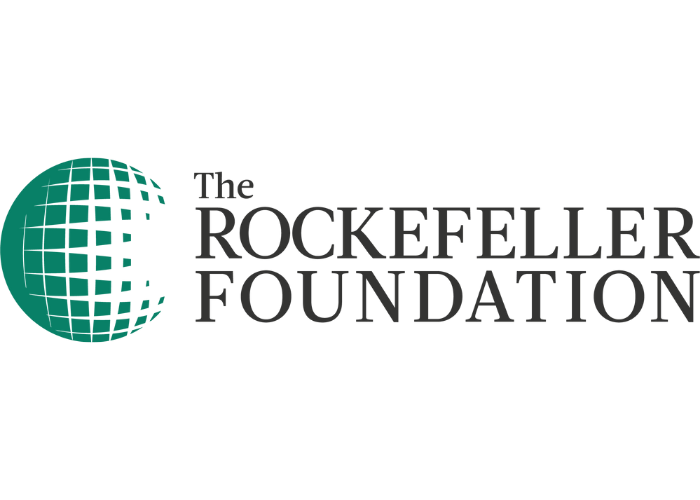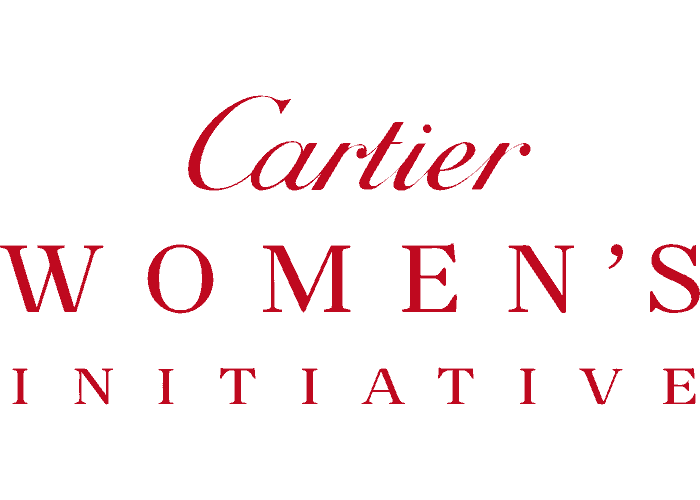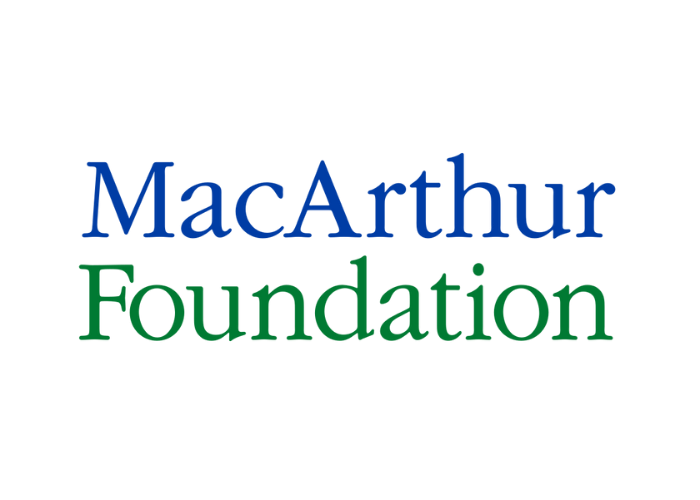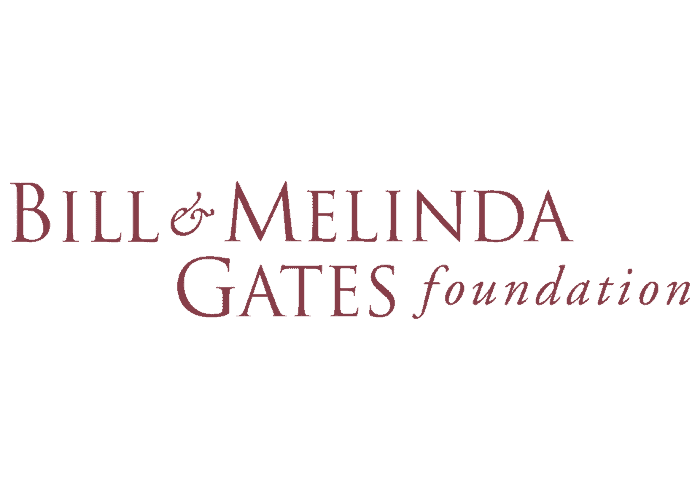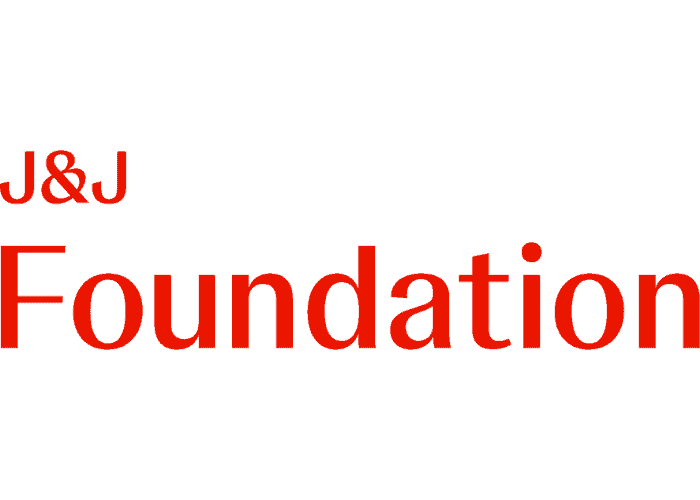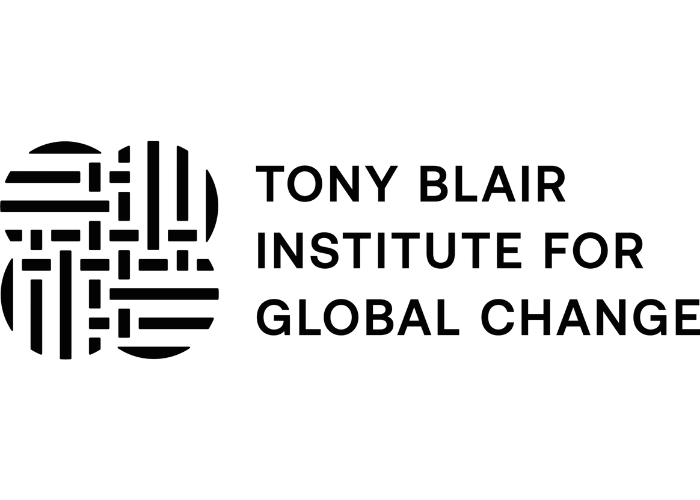10to19: Dasra Adolescents Collaborative
Co-author: Kashyap Shah
4 min read
Call it the collaboration conundrum: Conceptually, social sector actors who are working to tackle chronic social challenges know they benefit by drawing on others’ resources, skills, and experiences. However, comparatively few stakeholders act collectively, not least because it can be challenging to build consensus across multiple partners, negotiate the risk that some partners might fail to deliver, or share credit. This is particularly true in India, where the relative dearth of collaborations involving multiple funders and stakeholders is arguably reflective of these tradeoffs.
After The Bridgespan Group’s 2018 investigation of eight bold philanthropic initiatives in India—which found that collaboration is a key catalyst for driving social impact—we took a deeper look at how funders, implementers, and other actors are joining forces to amplify and sustain social impact. Specifically, we looked at “philanthropic collaboratives” in India, which we define as follows: Co-created by three or more independent actors, including at least one philanthropist or philanthropy; pursuing a shared vision and strategy for achieving social impact; and using common resources and prearranged governance mechanisms.
Most of India’s philanthropic collaboratives are less than five years old, and we have found that they typically organize their mission around at least one of three goals: scaling solutions, building or strengthening a field, and building a case for promising innovations. Such goals most befit a collaborative approach because they are often too substantial or complex for any one entity to achieve alone.
Why collaborate?
The interviewees and survey respondents cite three main motivators for working collectively:
- By leveraging the diverse skills and experiences of different partners, collaboration’s total effect can be greater than the sum of its parts.
- Collaboration expands the circle of influence and the impact of individual actors.
- Collaboration mitigates risk by spreading it across multiple players.
Yet building and operating a philanthropic collaborative is a complex undertaking. India’s collaboratives are distinctive, in that most consist of multiple stakeholders including philanthropies, implementing organizations, government, intermediaries, and technical experts. It is no easy thing to organize many stakeholders around a mission, agree on their respective roles, align on a strategy, and build consensus when circumstances change and midflight corrections are required.
The three “Cs”
There is no blueprint for philanthropic collaboratives to overcome these challenges. However, the real-world learning experiences of the core partners and leadership at Indian collaboratives have helped to identify three “Cs” that current and aspiring collaborators might keep in mind:
- It takes commitment to collaborate. Working through the complexity of collaborating and making progress towards outsized goals requires a nontrivial investment of time, imagination, and persistence. It also behooves philanthropic collaboratives to secure anchor funders who are willing to provide long-term (at least three years) unrestricted funding. For example, The Collaborators for Transforming Education partners only with organizations that buy into the pooled funding model and truly share the organization’s mission and strategy for driving impact. The Collaborators’ funding and implementing partners, as well as the state government, meet periodically to discuss progress and commit their collective efforts to achieve results.
- Clarity (and communication) can streamline collective action. Clarity emerges when there are regular, consistent conversations around who does what, as well as on how core and implementing partners are faring against the commitments they have taken on. Such transparency minimizes the potential for surprising setbacks and counteracts people’s tendencies to push their own agendas or retreat to silos. To ensure that roles and responsibilities were clear, 10to19: Dasra Adolescents Collaborative formed discussion groups that met frequently and defined the work of each operating partner.
- Be prepared to course correct. It is almost inevitable that as a philanthropic collaborative moves from strategizing to executing, some assumptions will not prove out. By continuously tracking progress and results, collaboratives can get an early signal on what needs to change, and to learn and improve. When The Education Alliance suddenly lost two funders, it brought in new anchor funders. It also transitioned from a collaborative to a nonprofit entity while remaining committed to its mission: ensuring quality education for children in government-run schools.
The future of Indian collaboratives
Although philanthropic collaboratives in India are relatively few, interest in them is accelerating. Our research revealed that some global collaboratives, as well as domestic philanthropists, are actively considering setting up philanthropic collaboratives in India.
As more funders and stakeholders shift from considering collaboration to actually pursuing it, philanthropic collaboratives will become less of an exotic pathway in India’s social sector, and more the new normal for taking on specific, complex issues.
Is the collaborative approach right for you?
To catalyse collaboration in India, The Bridgespan Group’s new report The Power of Many: Philanthropic Collaboratives in India offers many insights into the conditions for impactful collaboratives, their typical goals and roles, and how first-mover philanthropists and other actors work collectively to overcome obstacles.
Social sector actors should evaluate whether the conditions and impact goals are suitable for them to join India’s emerging collaborative landscape. Would working collaboratively allow for scaling solutions, building/strengthening a field, and/or building a case for promising innovations? If the answer is “yes,” they should consider the collaborative approach; more than 70 percent of our study’s survey respondents strongly agreed that it has enabled them to make more progress than working alone.



